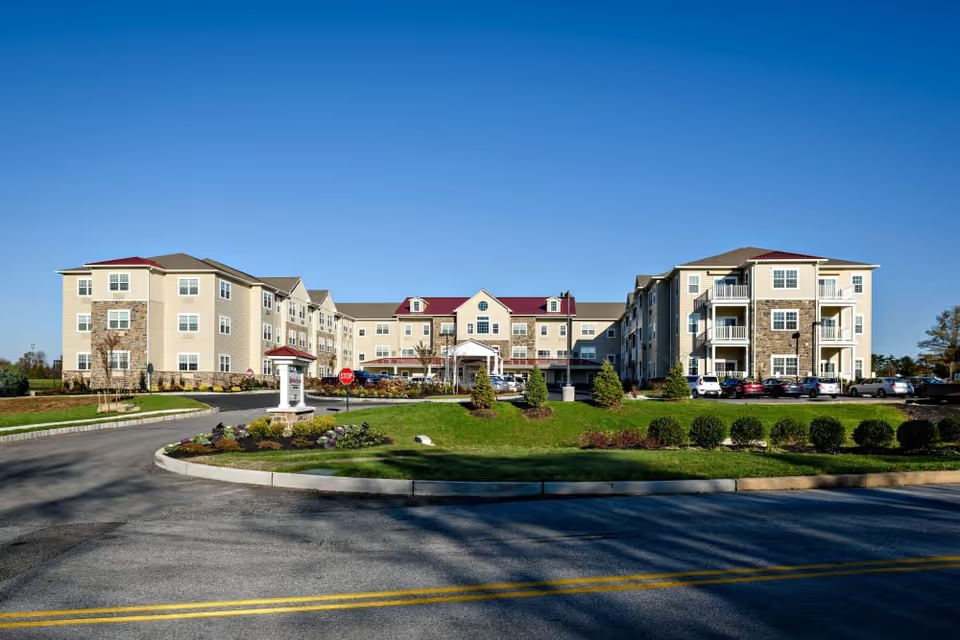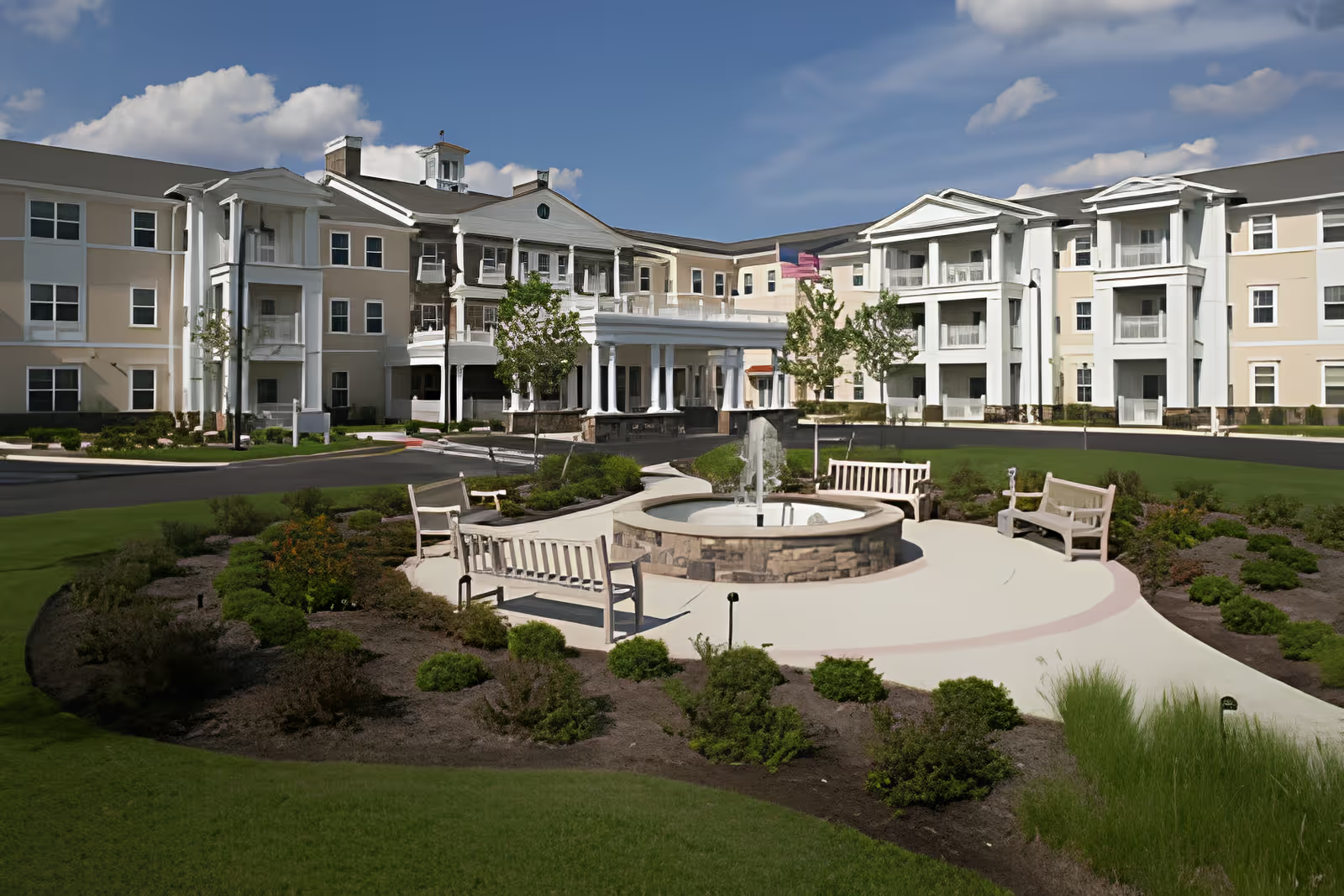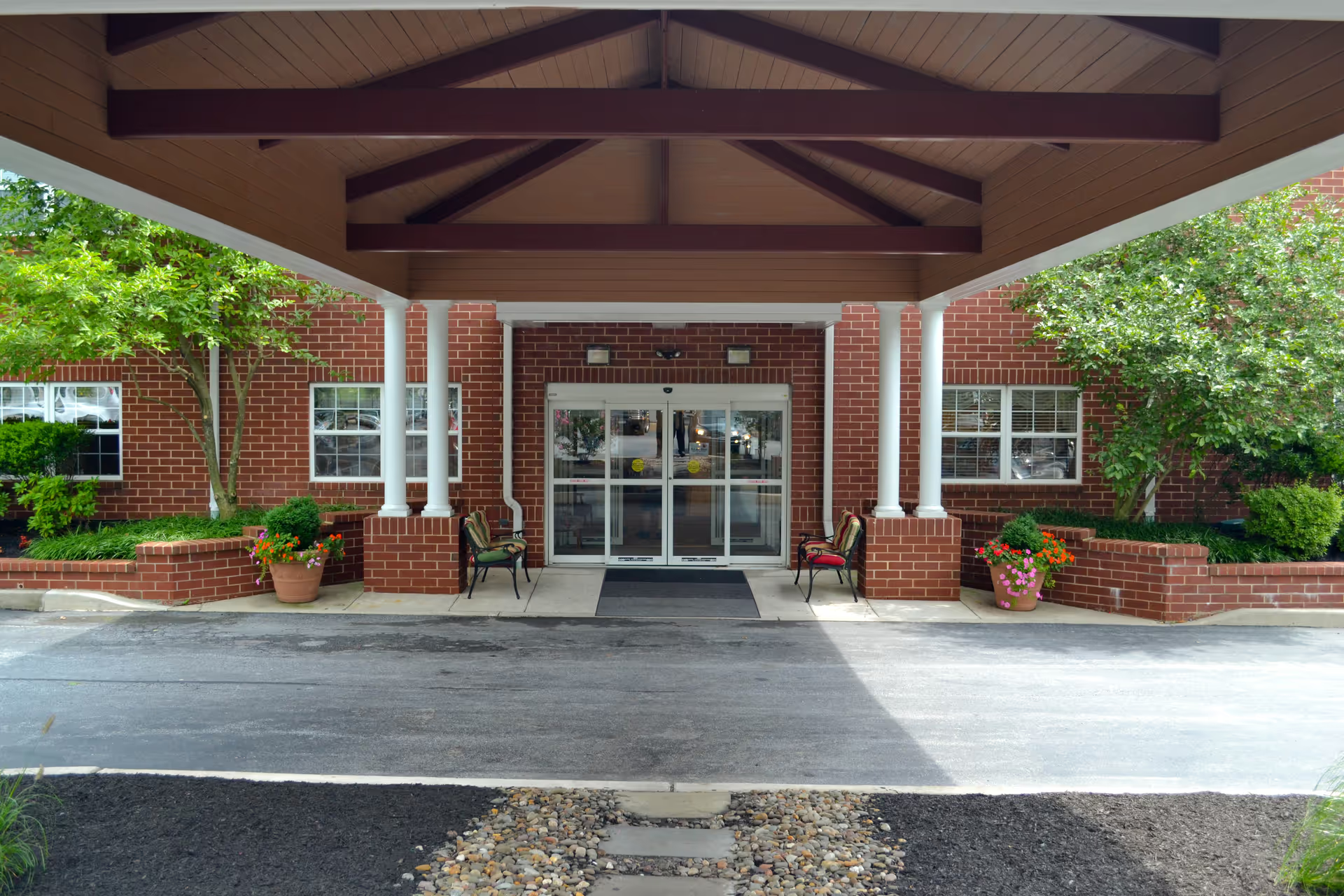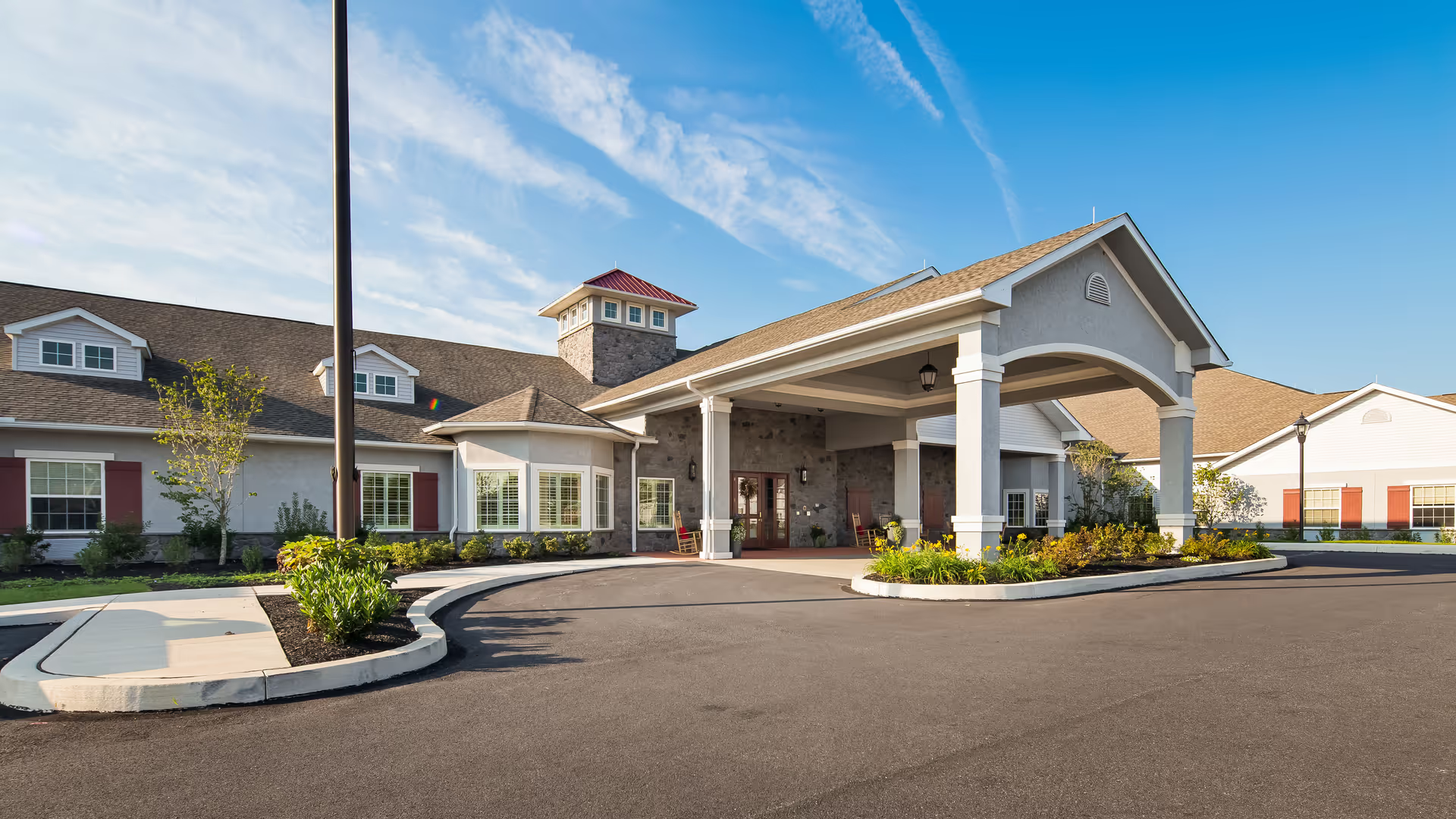Overall sentiment across the reviews is highly mixed but trends strongly toward negative when it comes to day-to-day care, cleanliness, and responsiveness. Multiple reviewers praise administrative/front desk staff, specific therapists, and a social worker who helped move residents, and several accounts note visible improvements such as renovations, new furniture, and some very clean rooms. However, a large portion of the feedback describes systemic problems: inconsistent clinical care, understaffing, poor bedside manner, and slow or nonexistent responses to call bells and urgent needs.
Care quality and staffing are central themes. Many reviewers reported that nursing staff are unresponsive, display poor attitudes, or fail to provide timely care. Specific clinical issues include delayed or missed medications, inconsistent wound care (bandages not changed promptly and staff providing misleading information), long waits to address medical equipment needs (air mattress repairs), and failures to notify families about falls. There are also disturbing allegations such as staff being unprofessional or impaired on shift. While some reviewers explicitly note decent clinical management and effective medication handling, these positives coexist with repeated accounts of negligence, creating a pattern of highly variable care depending on staff on duty and the unit where a resident is placed.
Cleanliness, maintenance, and safety problems recur throughout the reviews. Reported issues include strong unpleasant odors in living quarters, mold near beds and on ceilings, infestation reports (mice and roaches), dirty common areas and rooms, leftover food containers, and broken or missing equipment (broken beds, broken nurse call buttons, nonworking TVs and phones). Several reviewers described dangerous bathroom conditions and rooms that are outdated. There are also reports of beds positioned on the floor after incidents and residents falling without family notification. These factors present both dignity and safety concerns and suggest inconsistent adherence to basic environmental and infection-control standards.
Dining and basic daily living supports are another area of concern. Multiple accounts describe poor food quality, cold meals, frozen protein shakes, and short meal times that negatively affect intake. Reviewers also reported inadequate assistance with hygiene: infrequent showers, diapers being used rather than providing bathroom help, clothes not being laundered, and general neglect of personal care. These problems are consistent with an understaffing pattern and with complaints that residents are sometimes ignored for basic needs.
Activities and therapy show a split picture: several reviewers are pleased with available therapy services (daily therapists, one-on-one sessions) and group activities such as painting, and some residents reported enjoying the grounds and a homely, colorful interior. At the same time, reviewers pointed out that activities are not always inclusive or varied enough, particularly for residents with vision or hearing impairments, and some described a lack of meaningful engagement for many residents.
Management and organizational themes are mixed. A number of reviewers complimented friendly administrative personnel, praised a social worker, or noted new nursing leadership and renovations that improved appearance. Conversely, there is a persistent perception among many reviewers that the facility operates primarily as a for-profit institution with standardized pricing that may not reflect consistent quality of care. Several reviewers recommended moving loved ones elsewhere and used strong language suggesting the facility should be closed. Theft or missing belongings was also reported by multiple families, further undermining trust.
In summary, the reviews paint a polarized picture: pockets of good care, attentive clinicians, and tangible improvements in facilities contrast sharply with repeated and serious complaints about understaffing, poor nursing care, hygiene and pest problems, maintenance failures, safety lapses, and inconsistent clinical practices. Prospective residents and families should treat these reviews as evidence that experiences can vary dramatically depending on unit, shift, and staff, and should prioritize an in-person visit that inspects cleanliness, checks for pests and mold, verifies safety features (functioning call bells and emergency cords), asks for documentation of staffing levels and wound/medication protocols, and seeks references about recent leadership changes and clinical outcomes before making placement decisions.







